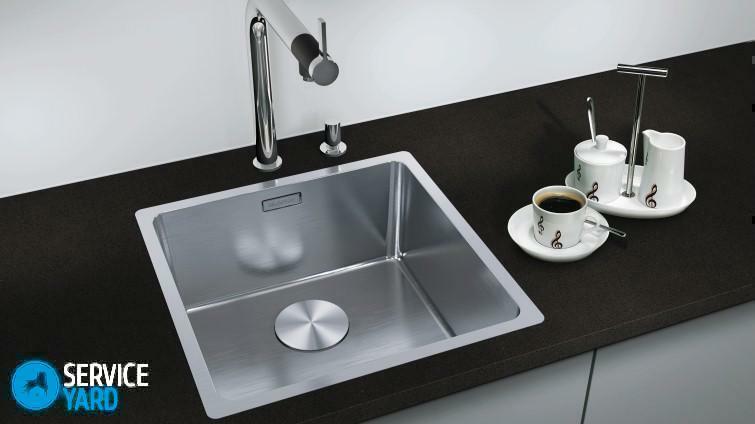In conditions of constant humidity and frequent change of temperature hood for the bathroom is becoming one of the most effective means of maintaining premises aesthetics, his comfort. It will help to restore the optimum level of moisture, reduce the risk of mold fracture finishing, unpleasant odors.
Bathroom and toilet in an apartment or a building equipped with a tap in the ventilation duct. Typically, natural ventilation is sufficient to support the necessary microclimate. Forced analogue becomes necessary when there is a problem with the first embodiment:
- Air circulation is hindered clogging or breakage;
- reverse power flow tightens the room odors from the ventilation shaft;
- indoor bathroom equipped with electric sauna or steam, which would require a more powerful exhaust system.
types of fans
Forced extractor for bathrooms and toilets can be made in standard and automatic. The first is a simple device with a fan, fixed to the axis and an electric motor, which starts to operate when the light on and off when turned off. The capacity of this device sufficiently short for the usual procedures, but it would be enough with copious steam and moisture above standard.
For such applications, the best fit an automatic ventilator with check valve. This is more technical and complex technique in which the design is:
- a timer for setting a specific time and duration of the work;
- humidistat that controls the humidity level and comprising ventilation when it is exceeded;
- a check valve which works at shutdown and block passage of reverse current.
Which option is better to use in the bathroom and the closet depends on the application. It remains to choose the particular device with certain parameters.
important criteria
We extract the bathroom or toilet should be the characteristics that ensure its functionality in certain conditions, long service life without breakdowns and complete safety for the user. These settings include:
- security;
- quality certification;
- performance, and power;
- dimensions;
- noise performance.
security level
Forced withdrawal in the bathroom needs to be completely adapted to work in conditions of high humidity. Housing with electrical components that go outside the wire and the contacts must be protected from moisture. Safety class hood must be at least IP45. Connect the equipment must be carried out on all the safety requirements.
Quality requirements
With safety device is closely related to the issue of quality. All devices are certified, which confirms their compliance with the standards and level of security. Only in this way ensures complete safety and long work without breakdowns. certification of the results should be described in the technical documents.
Performance and Power
Ventilation is reflected in the air replacement rate in the room for a certain period of time. Get this value can be multiplying the amount of bathroom or shared bathrooms with an average level of ventilation for buildings of this type. Mid range from 6 to 10 depending on the size of the room.
To complete the work in such hoods have enough power from 7 to 20 W.. Overstatement will create unwanted drafts, and the device itself will be noisier.
Dimensions
For a successful installation in the toilet or bathroom extractor fan must match the size of the outlet air. Their mismatch will require additional effort during installation.
Too larger model with dimensions of climate complex will only hinder and appreciable increase of productivity will bring.
noise figure
Because these devices are less powerful than their counterparts for the kitchen, the noise of them a little bit. But do not overlook this option is out of sight. Excessive noise can bring discomfort. Recommended noise level must not be higher than 35 dB.
installation options
The power cord can be hidden under the outer finish. But it is necessary to plan ahead. If you connect the hood to the repair is not planned, but a decision published internally, fit a model with self-powered.
Another option - a sealed box under the cable, which is output to the connection point. But it can ruin the design space. In any case, the installation option should take into account the safety standards.
installation sequence
Getting the installation you need to determine the progress of work. Design features can make nuances in the order of their execution, but the whole sequence is the same in all cases. Before you install the hood in the bathroom, you must:
- Remove the outer decorative panel, if it is.
- Remove the plugs from the corner fixing holes.
- Through them put a pencil mark on the wall the place screwing mounting screws.
- Set in a vent panel, and secure it with screws.
- Connect the terminals of the supply cable wires according to the instruction.
- Refit the decorative cover.
Brands and models
Among all the selection of ventilation equipment the most popular models of these manufacturers:
- Soler & Palau - Spanish leader in the production of ventilation;
- Swedish company Electrolux;
- Ukrainian brand Vents.
Soler & Palau SILENT-100 CHZ

Functional fan with high capacity for work, humidity sensor and the built-in timer.
Pros:
- the presence of the hydrostatic;
- durable bearings;
- decent performance;
- very quiet fan operation.
Minuses:
- problems with the accuracy of the initial configuration of the humidity sensor;
- the check valve is made of thin material.
Electrolux EAF-150

Model with a solid body and a removable front panel. Considerable endurance even after the warranty expires.
Advantages:
- high performance;
- opportunities to choose the place of installation.
Of
VENTS 100 Kvayt

Cheap and easy fan with minimal power consumption of 7 watts and good performance.
Benefits:
- electric motor with ball bearings, designed for a long period of work;
- the availability of protection from overheating;
- quiet operation.
The apartments and houses bathrooms are always very damp places, and to prevent mold or destruction trim to install the hood. Equipment such appointment compact and powerful, and its design protects from splashes in the air flow passage, it will not allow the electrical circuits.



